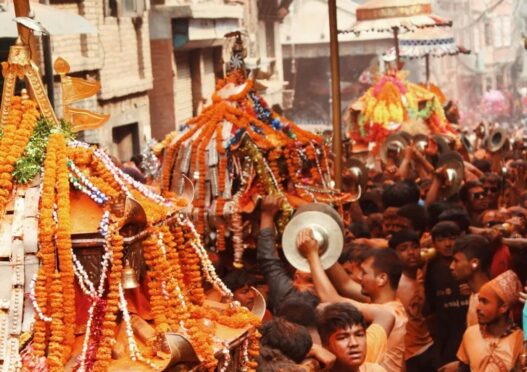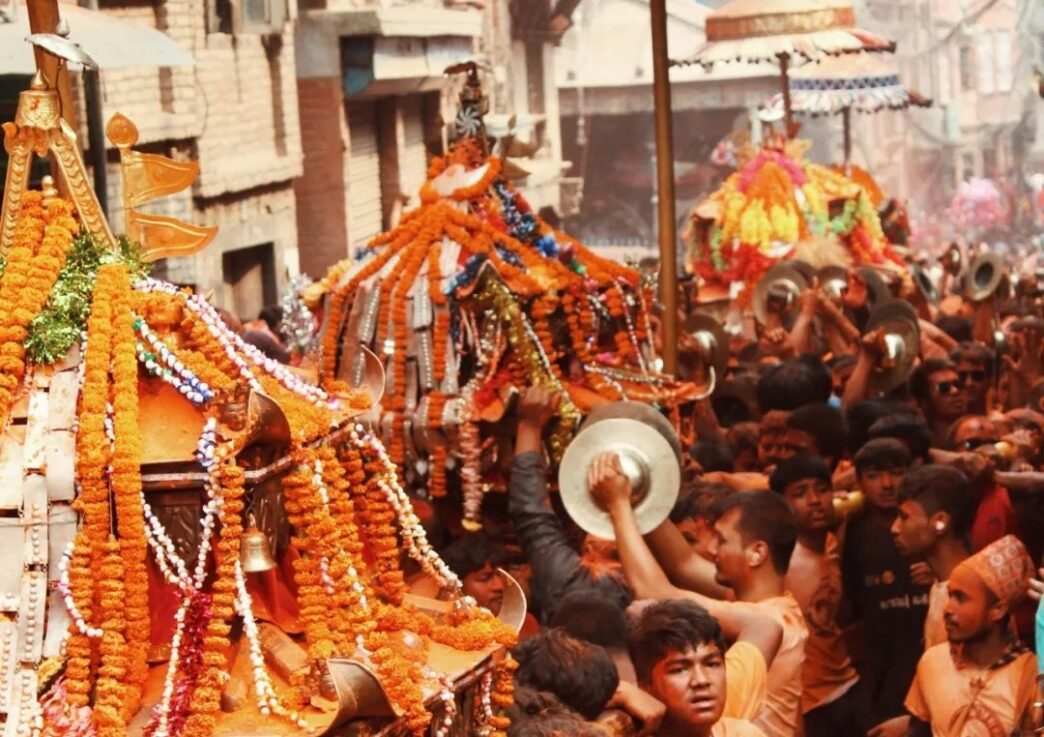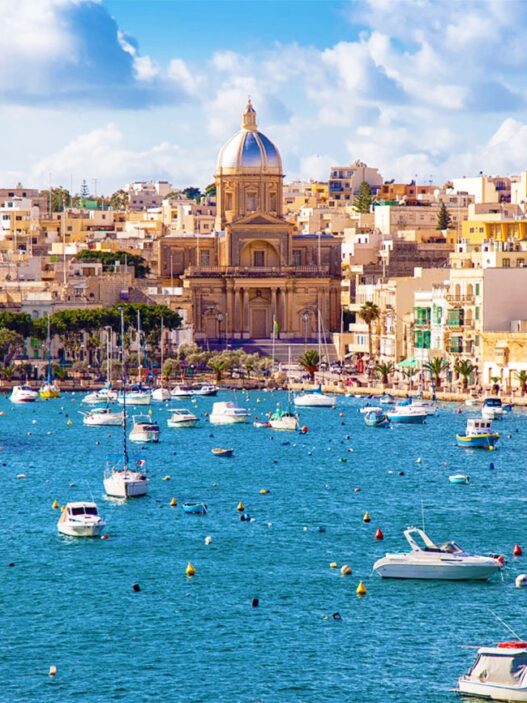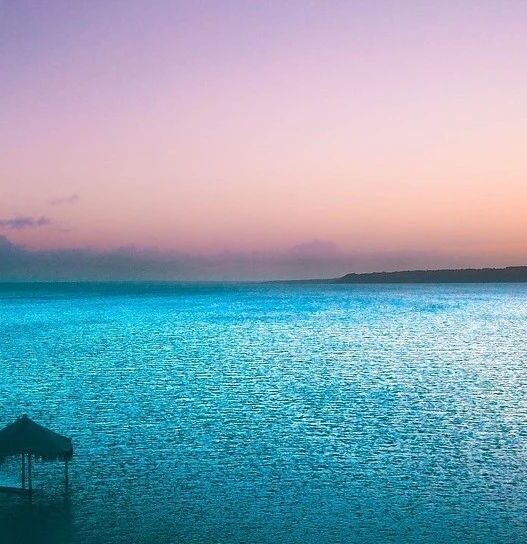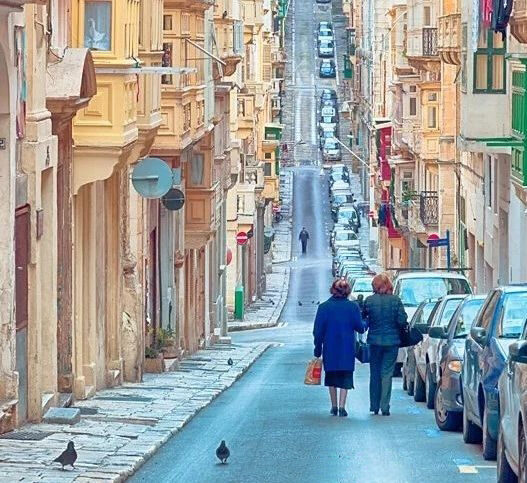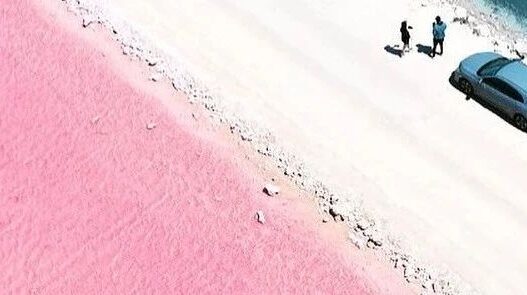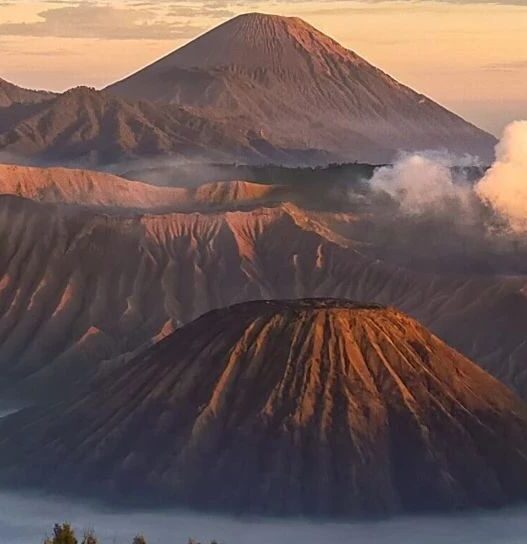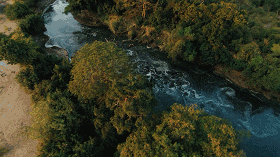Nestled in the lap of the Himalayas, Nepal is often referred to as the “Land of Gods.” It is a country that exudes spiritual energy, breathtaking landscapes, and a deep sense of contentment despite being one of the world’s least developed nations. Its beauty lies not only in its majestic mountains but also in the simplicity and happiness of its people.
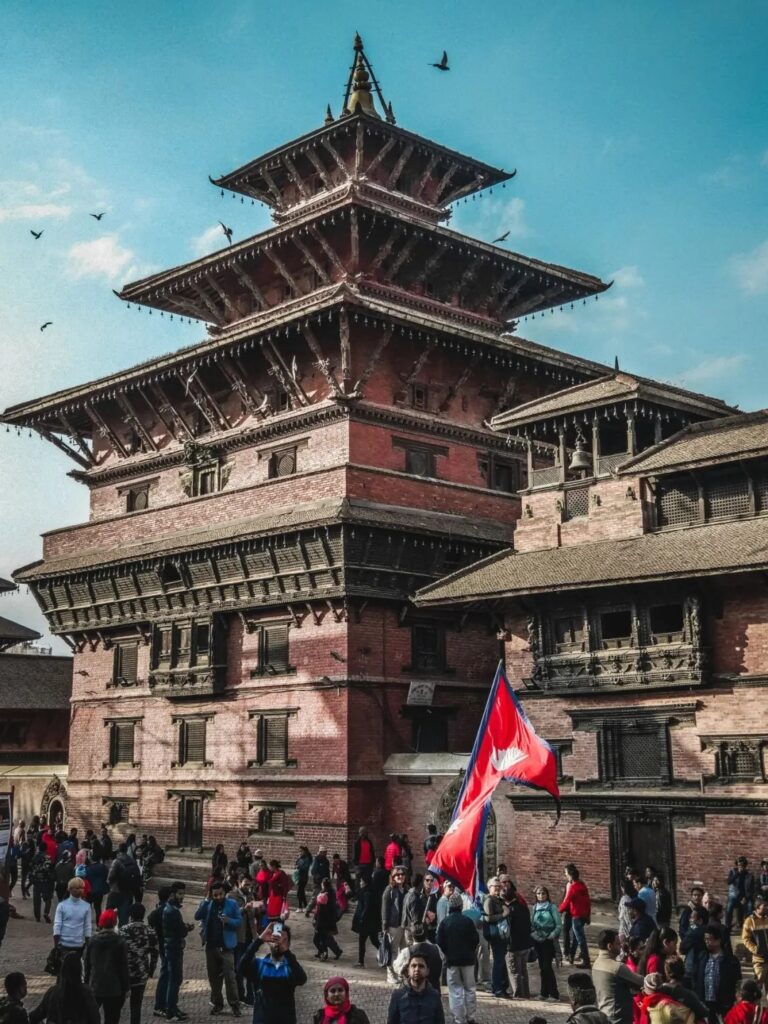
Kathmandu: The City of Temples
Kathmandu, Nepal’s capital and largest city, is steeped in history, dating back over 1,200 years. Known as the “City of Temples,” it is home to more than 2,700 temples within a mere 7-square-kilometer radius.
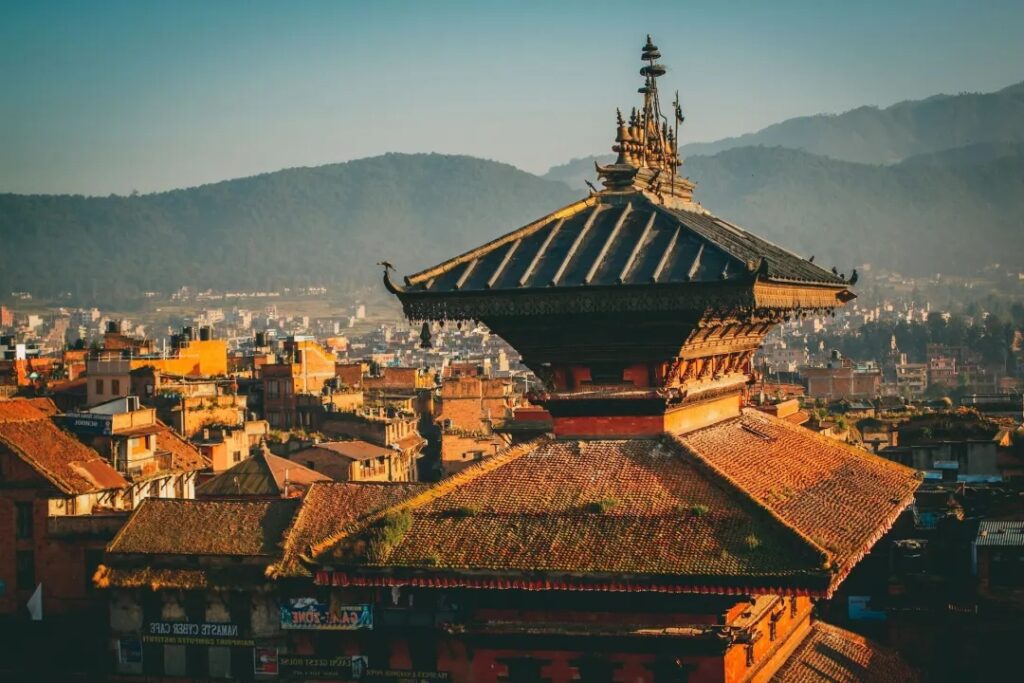
Durbar Square
Kathmandu Durbar Square, located in the old city, is a magnificent collection of temples and palaces dating from the 16th to 19th centuries. This UNESCO World Heritage Site is a must-visit for anyone wanting to immerse themselves in Nepalese culture and architecture.
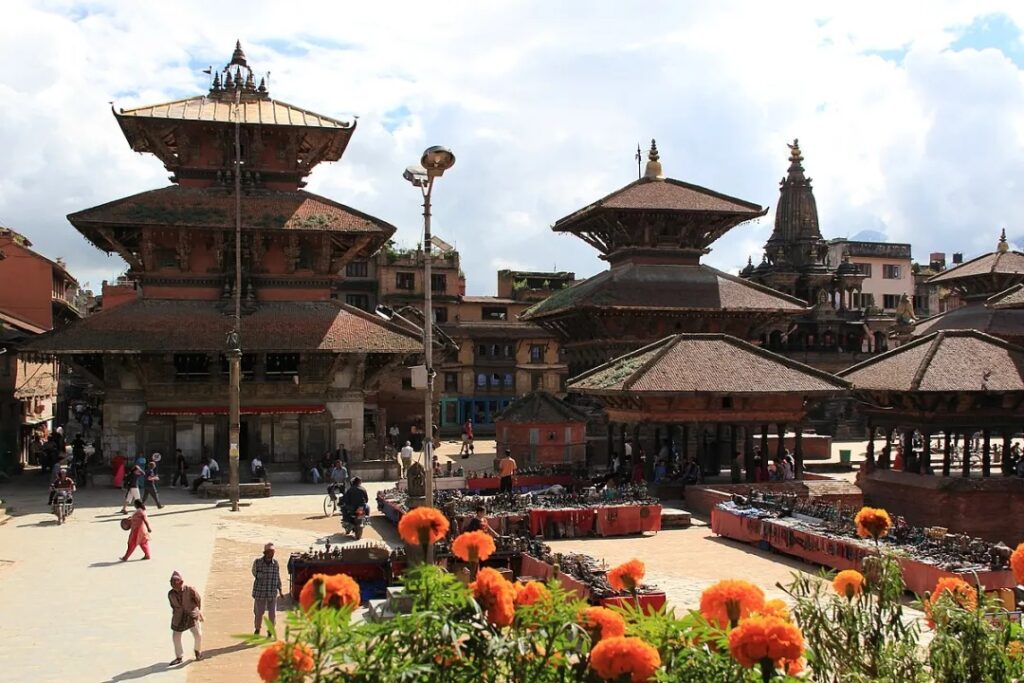
Boudhanath Stupa
Boudhanath Stupa, one of the largest spherical stupas in the world, stands at 38 meters high and 100 meters in diameter. It is a UNESCO World Heritage Site and a major pilgrimage destination for Tibetan Buddhists. The stupa’s iconic eyes seem to gaze into the souls of those who visit, symbolizing wisdom and enlightenment.
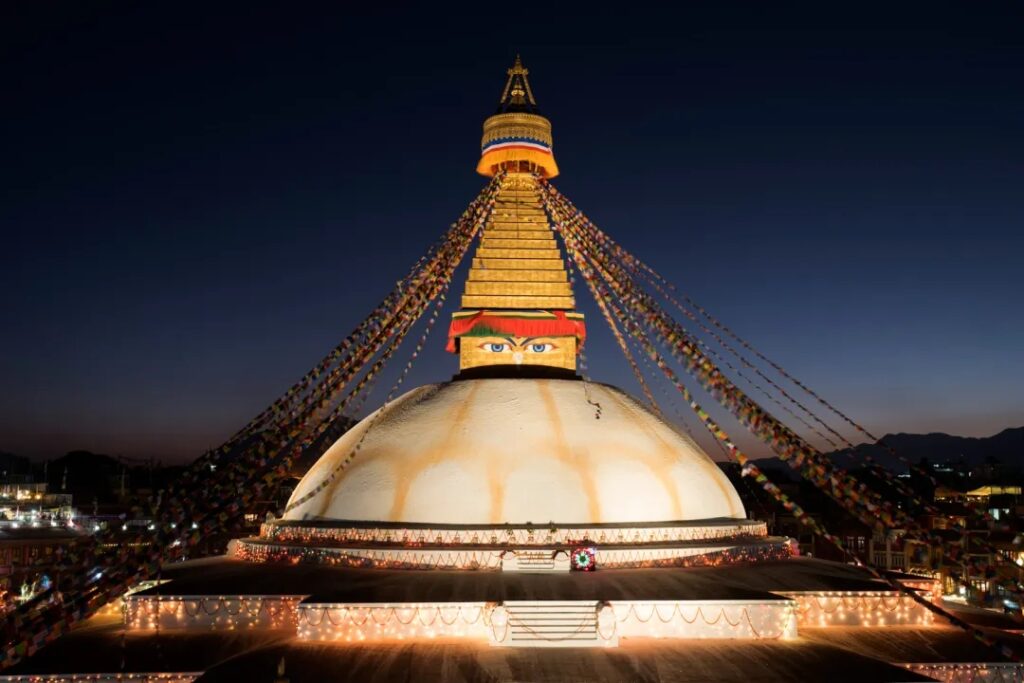
Swayambhunath (Monkey Temple)
Perched on a hill in the western part of Kathmandu, Swayambhunath Temple is one of Nepal’s oldest religious sites. Often referred to as the “Monkey Temple” due to its large population of resident monkeys, it offers panoramic views of the city. The white dome, golden spire, and prayer flags fluttering in the wind create a mystical ambiance.
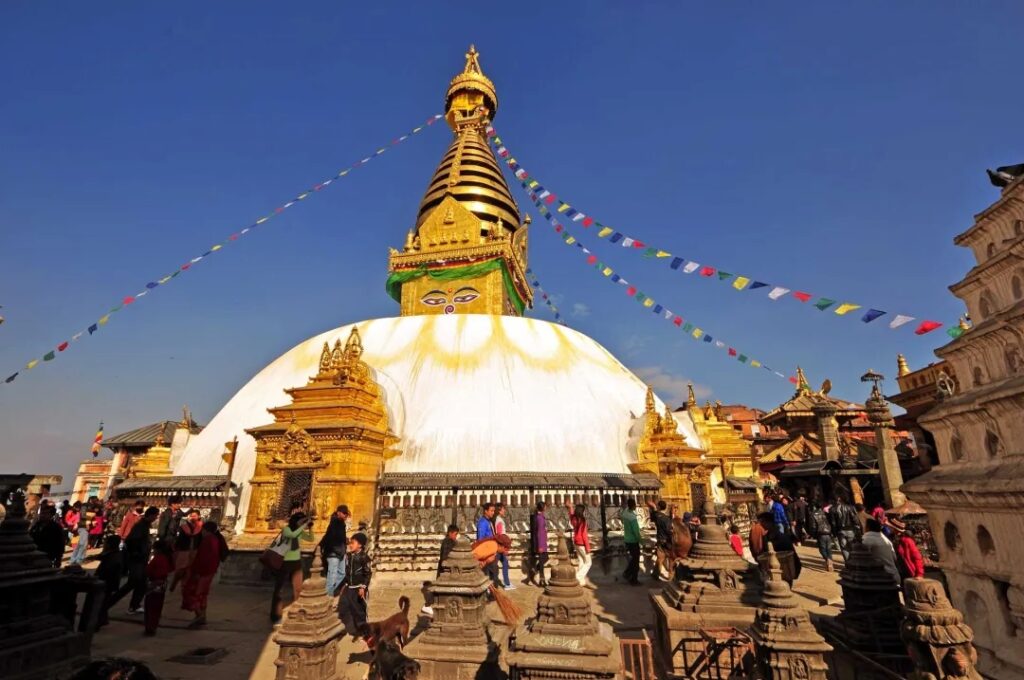
Pashupatinath Temple
Dedicated to Lord Shiva, Pashupatinath Temple is the most sacred Hindu temple in Nepal. It is also known for its open-air cremation ghats along the Bagmati River, where Hindu funeral rites take place, symbolizing the belief in life after death.
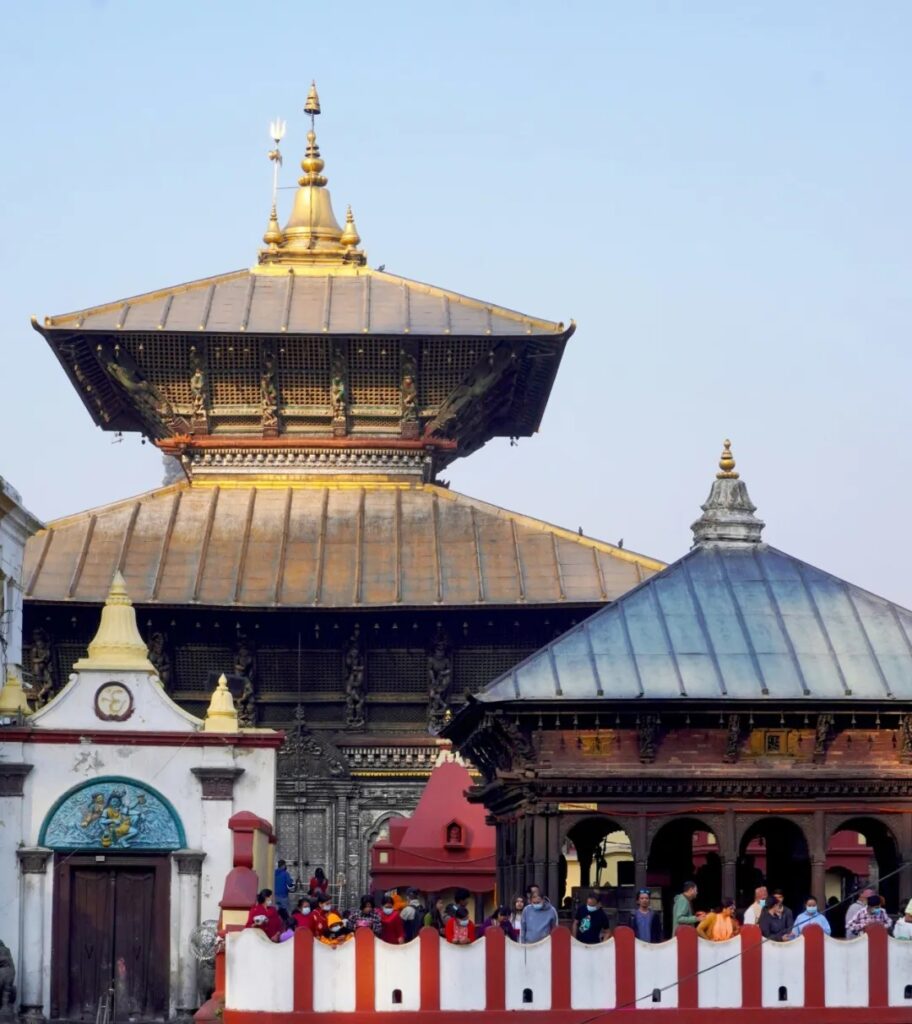
Pokhara: The Gateway to the Himalayas
Nestled in a valley, Pokhara is often referred to as “Nepal’s Geneva” due to its stunning mountain scenery. It is a hub for adventure seekers and trekkers looking to explore the Annapurna region.
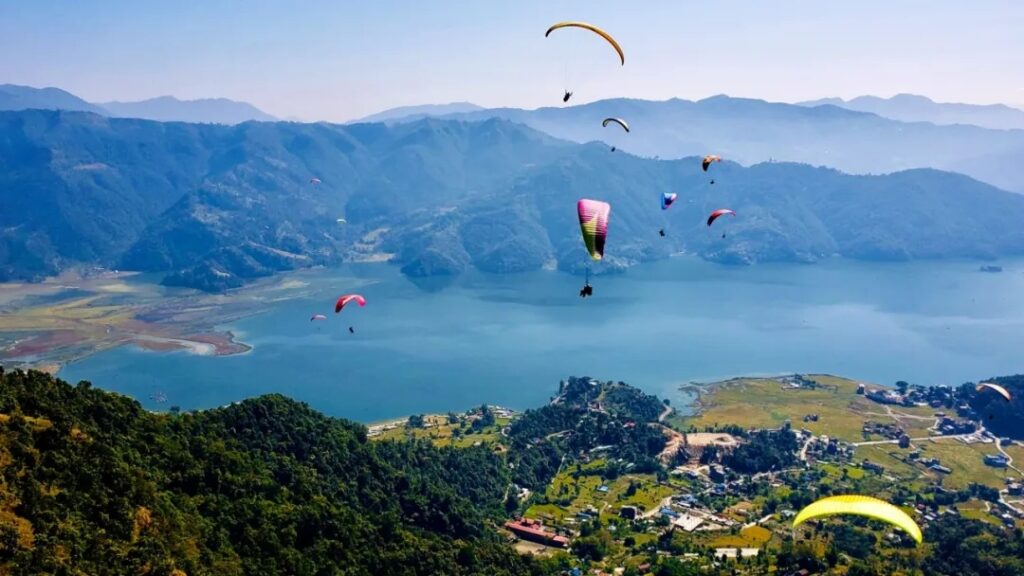
Phewa Lake
Phewa Lake is Nepal’s second-largest lake and a serene retreat surrounded by lush green hills. The lake reflects the towering Annapurna peaks, creating a mesmerizing view, especially at sunset. Visitors can rent a wooden boat and row to the island temple of Tal Barahi.
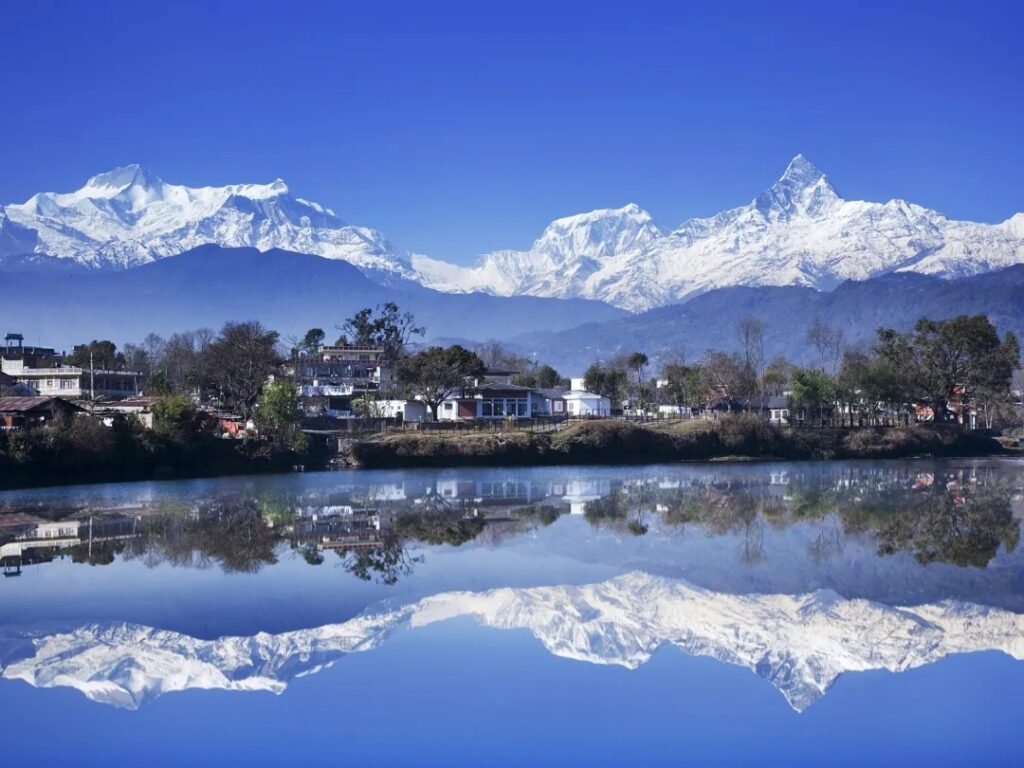
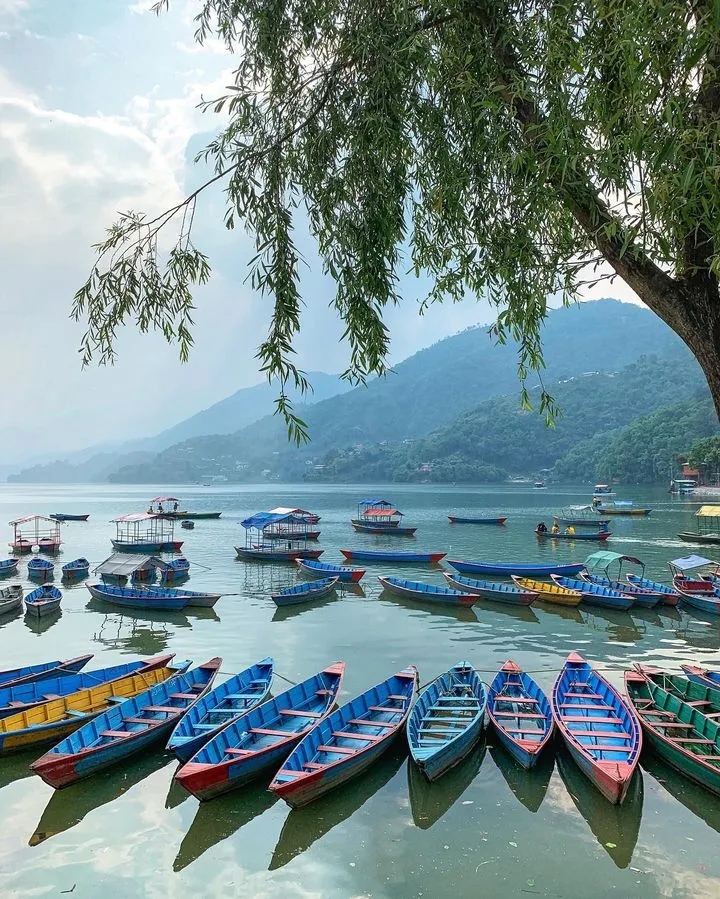
World Peace Pagoda
Overlooking Phewa Lake, the World Peace Pagoda is a Buddhist monument symbolizing harmony. Built by Japanese monks, the white stupa offers spectacular views of Pokhara, the lake, and the Annapurna range.
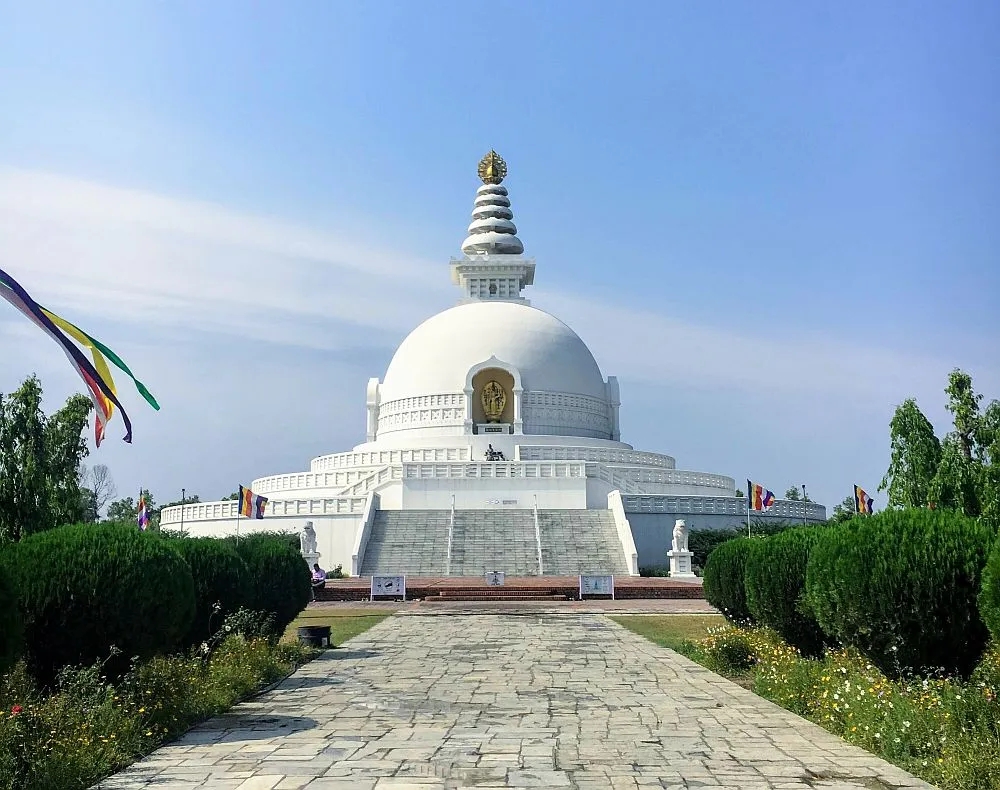
Shakti Temple
Located on an island in Phewa Lake, Shakti Temple is dedicated to the Hindu goddess Bhagwati. A short boat ride brings visitors to this sacred place, which is a center for spiritual devotion.
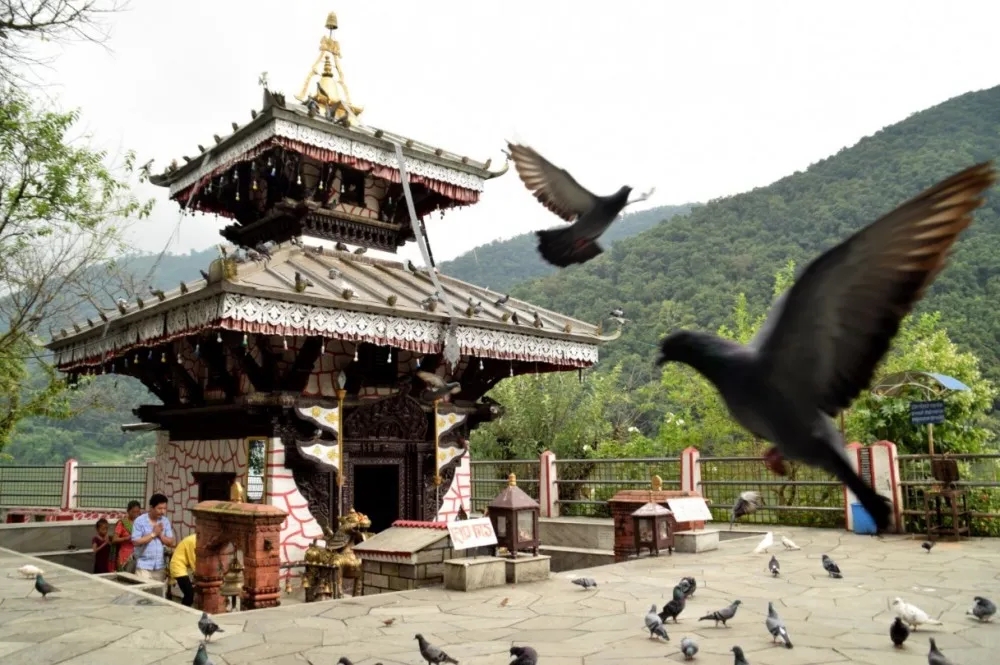
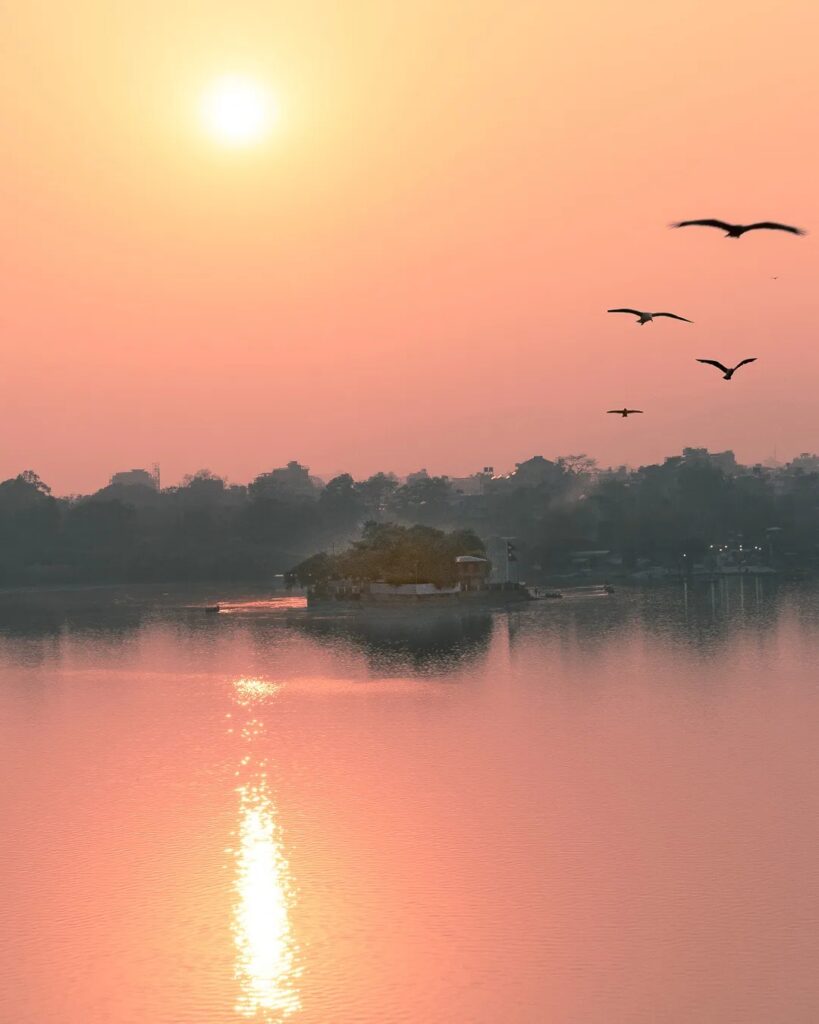
Lumbini: The Birthplace of Buddha
Lumbini, the birthplace of Siddhartha Gautama (Buddha), is a UNESCO World Heritage Site and one of the most significant pilgrimage destinations for Buddhists worldwide.
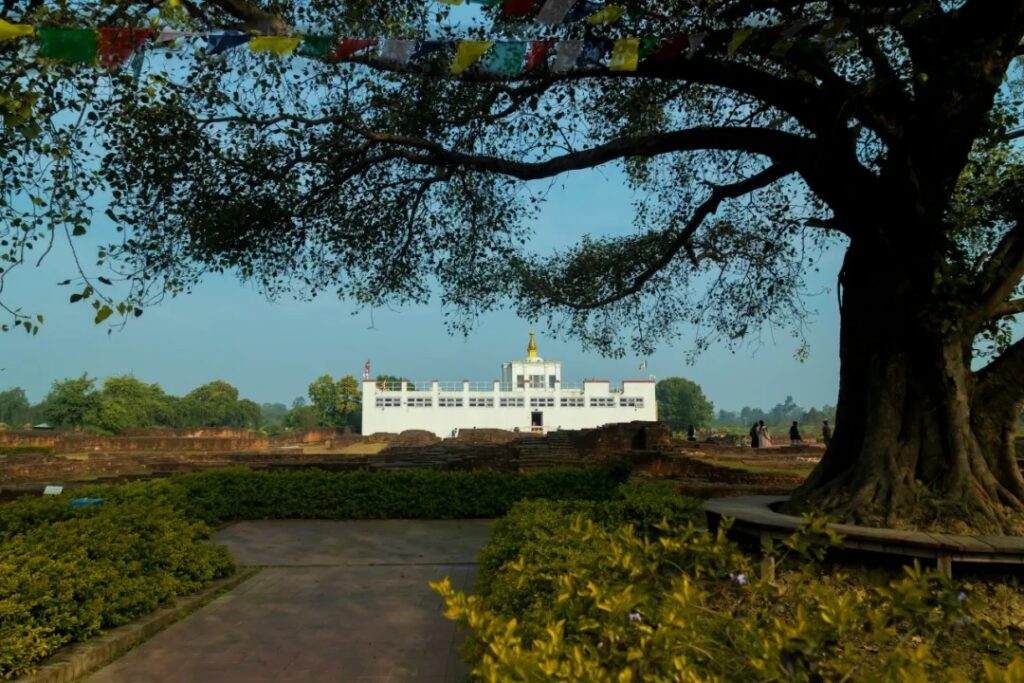
Lumbini Garden
This sacred site includes the Maya Devi Temple, where Buddha was born, and the Ashoka Pillar, erected by Emperor Ashoka in the 3rd century BC. The garden also houses numerous monasteries built by different Buddhist nations.
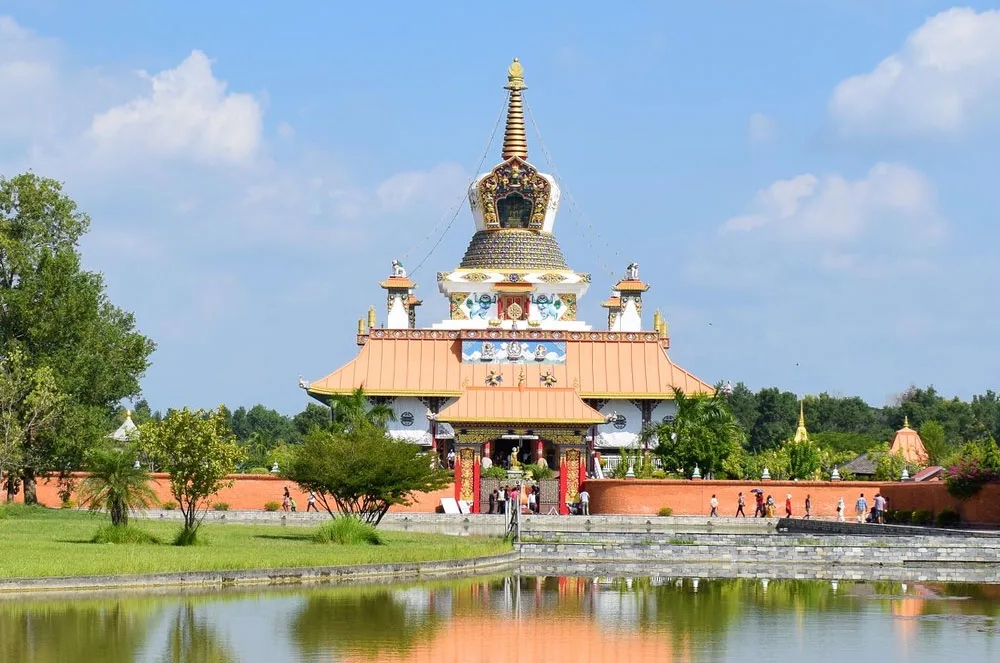
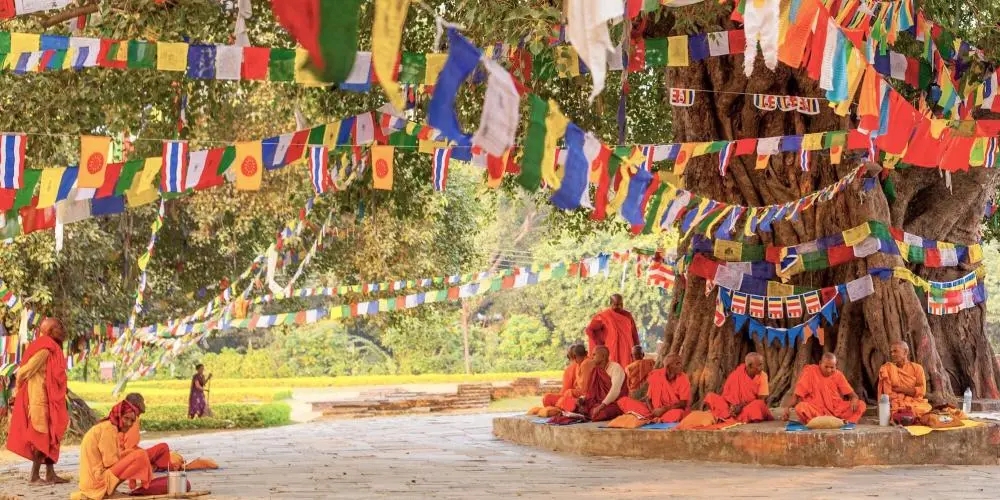
Maya Devi Temple
Dedicated to Buddha’s mother, the Maya Devi Temple is the most revered structure in Lumbini. It marks the exact spot where Buddha was born and features ancient relics and sculptures depicting the moment of his birth.
Chitwan National Park: Nepal’s Wildlife Haven
Chitwan National Park, a UNESCO-listed nature reserve, offers a different side of Nepal’s beauty. It is home to endangered species such as the one-horned rhinoceros and Bengal tiger.
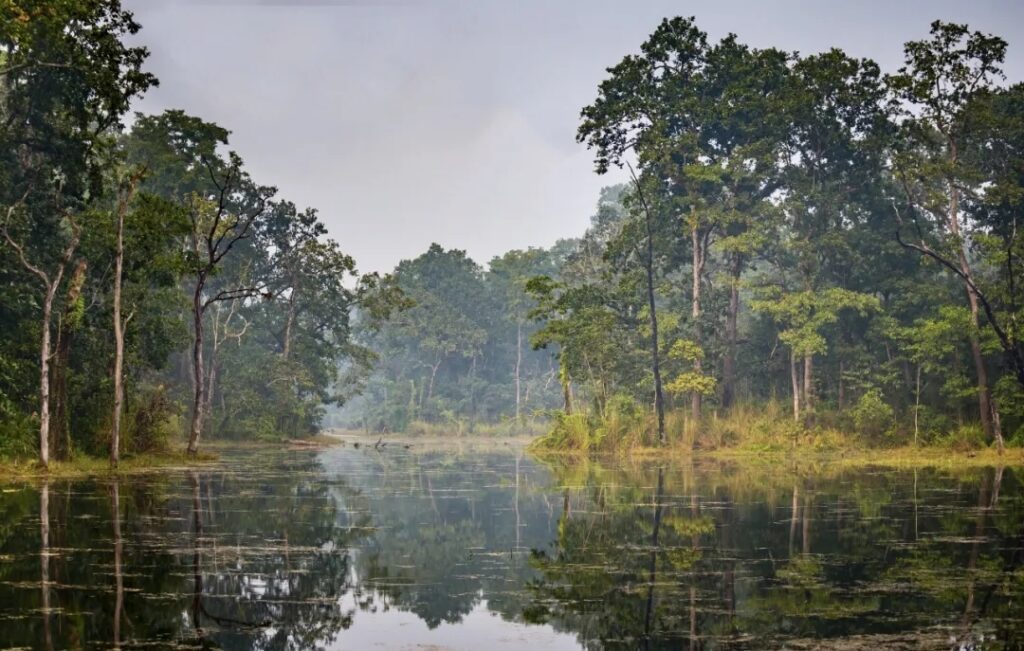
Safari Adventures
Visitors can embark on a jungle safari by jeep or elephant to witness the park’s incredible biodiversity. The park also boasts over 350 species of birds, making it a paradise for birdwatchers.
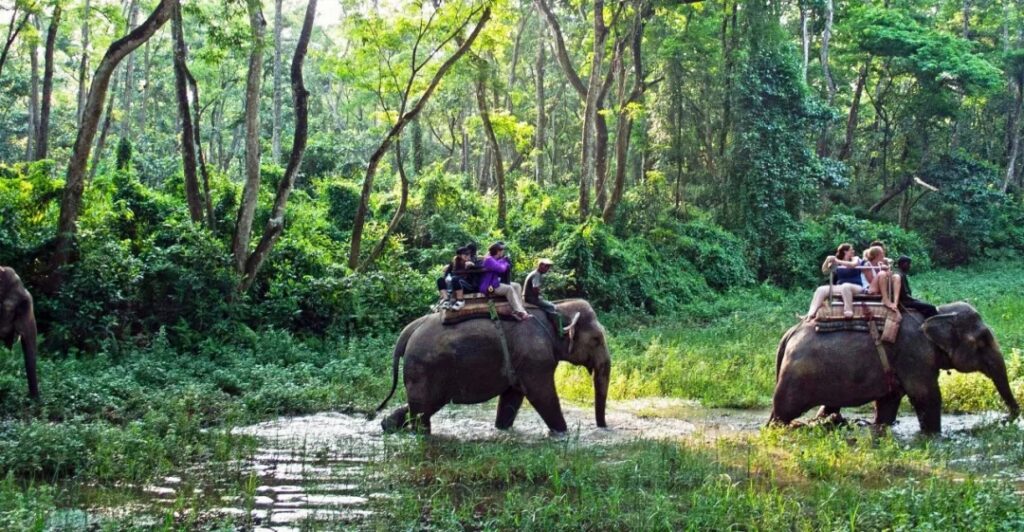
Practical Travel Information
How to Get There
By Air: Kathmandu Tribhuvan International Airport is Nepal’s main international gateway.
By Land: Travelers from Tibet can enter via the Gyirong border crossing, while those from India have multiple entry points.
Currency
The Nepalese Rupee (NPR) is the official currency. Cash is widely used, as electronic payments are not yet prevalent.
Best Time to Visit
Spring (March-May): Ideal for trekking with blooming flowers and mild temperatures.
Autumn (September-November): Offers the clearest skies, making it perfect for mountain views and outdoor activities.







